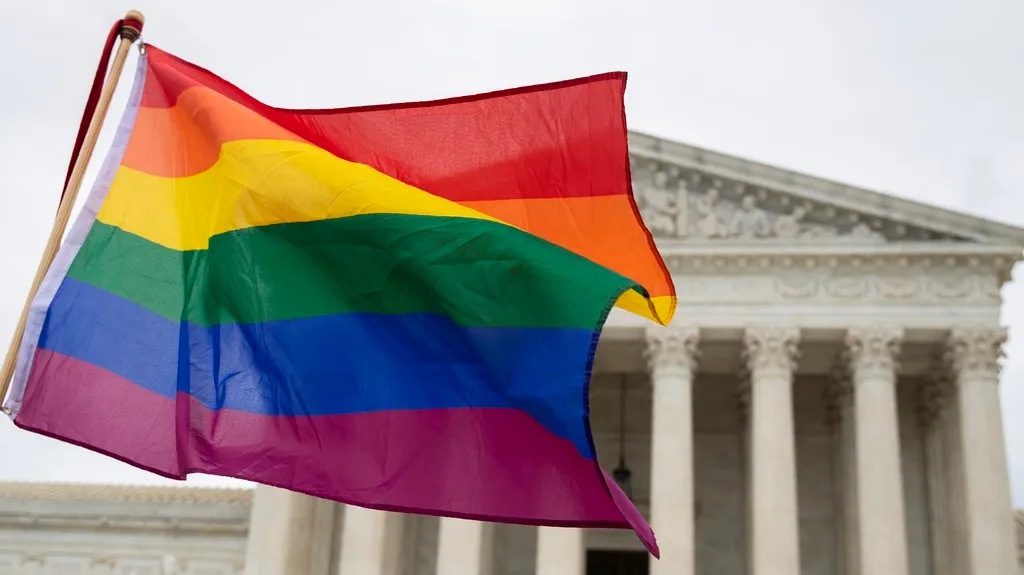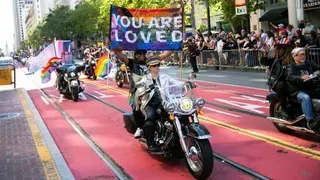May 1, 2013
Immigration Debate Gives Life to Annual Rallies
Jason St. Amand READ TIME: 3 MIN.
Tens of thousands of people are expected to rally in dozens of cities from New York to Bozeman, Mont., on Wednesday in what has become an annual cry for easing the nation's immigration laws.
The rallies carry a special sense of urgency this year, two weeks after a bipartisan group of senators introduced a bill that would bring many of the estimated 11 million living in the U.S. illegally out of the shadows.
"The invisible become visible on May 1," said Angelica Salas, executive director of the Coalition for Humane Immigrant Rights of Los Angeles, which is organizing what was expected to be the nation's largest rally.
The May Day crowds were not expected to approach the massive demonstrations of 2006 and 2007, during the last serious attempt to introduce major changes to the U.S. immigration system. Despite the large turnouts, many advocates of looser immigration laws felt they were outmaneuvered by opponents who flooded congressional offices with phone calls and faxes at the behest of conservative talk-radio hosts.
Now, immigrant advocacy groups are focusing heavily on calling and writing members of Congress, sometimes targeting specific lawmakers at key moments in the debate. Reform Immigration for America, a network of groups, claims more than 1.2 million subscribers, including recipients of text messages and Facebook followers.
Even conservatives are split on the best approach to immigration. Some Republicans shun the idea of a single, encompassing bill, especially one that would contain a path to citizenship, still viewed by some as amnesty. Instead, they prefer to unite around consensus issues like border security, temporary workers and workplace enforcement.
A text-message blast during a key vote in 2010 on legislation to provide legal status to many who came to the country as children resulted in 75,000 phone calls to members of Congress in two days, said Jeff Parcher, communications director for the Center for Community Change, which works on technology-driven advocacy for the network of groups.
A phone blitz targeting Republican U.S. Sen. Orrin Hatch produced 100 calls a day to the Utah lawmaker's office last week, Parcher said. After Hatch was quoted Sunday in The Salt Lake Tribune saying immigration reform couldn't wait, a message went out to call his office with thanks.
Organizers are also reaching out by email and old-fashioned phone banks.
"The general rule is you keep people on the platform they're used to," Parcher said. "If they're on Facebook, we'll ask them to post something to Congress members' pages."
Gabriel Villalobos, a Spanish-language talk radio host in Phoenix, said many of his callers believe it is the wrong time for marches, fearful that that any unrest could sour public opinion on immigration reform. Those callers advocate instead for a low-key approach of calling members of Congress.
"The mood is much calmer," said Villalobos, who thinks the marches are still an important show of political force.
Salas, whose group is known as CHIRLA, dates the May Day rallies to a labor dispute with a restaurant in the city's Koreatown neighborhood that drew several hundred demonstrators in 2000. Crowds grew each year until the House of Representatives passed a tough bill against illegal immigration, sparking a wave of enormous, angry protests from coast to coast in 2006.
The rallies, which coincide with Labor Day in many countries outside the U.S., often have big showings from labor leaders and elected officials.
Aside from Los Angeles, big crowds were expected in New York, Chicago and Milwaukee. At a rally in Salem, Ore., Gov. John Kitzhaber planned to sign legislation to authorize drivers' licenses to people in the state illegally. With Congress in recess, there were no major demonstrations planned in the nation's capital.
Organizers were sending text-message blasts Tuesday to remind subscribers of times and places for the marches.







